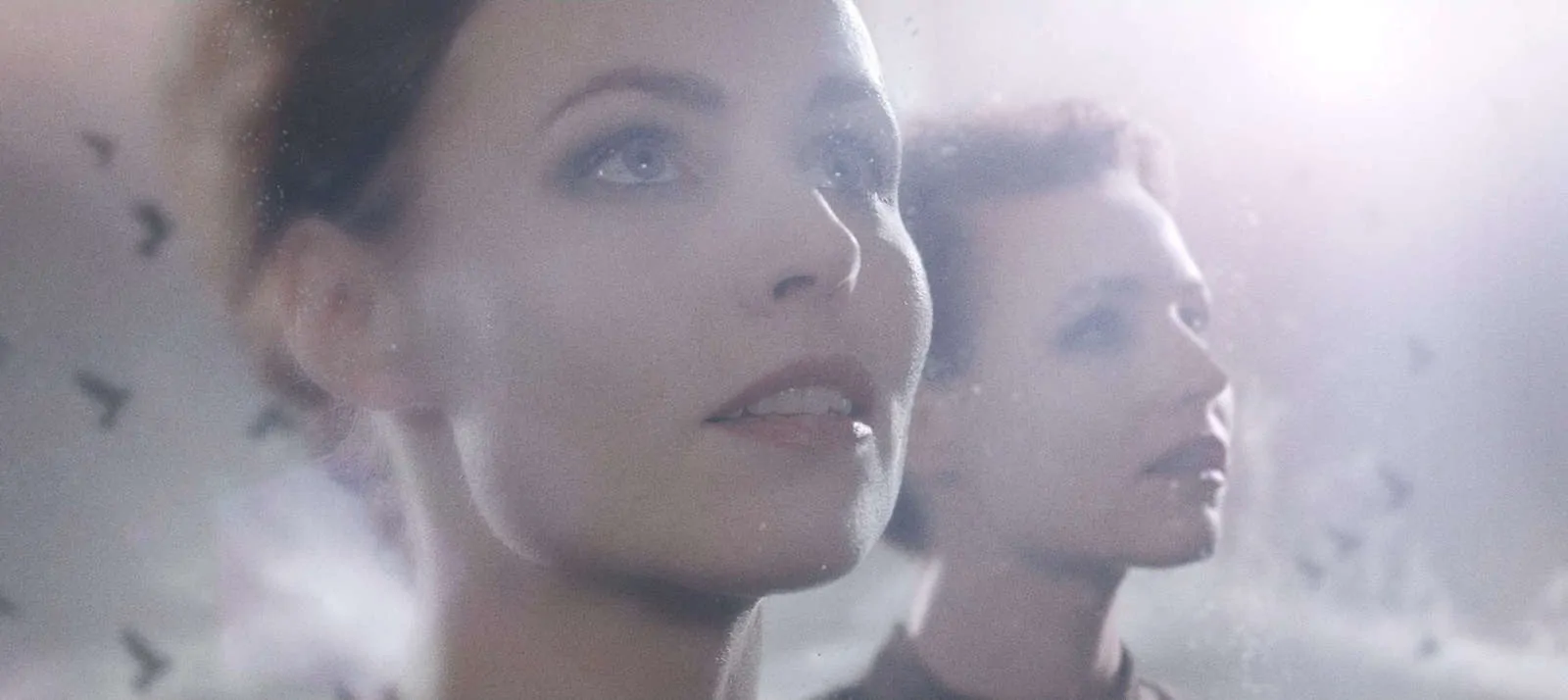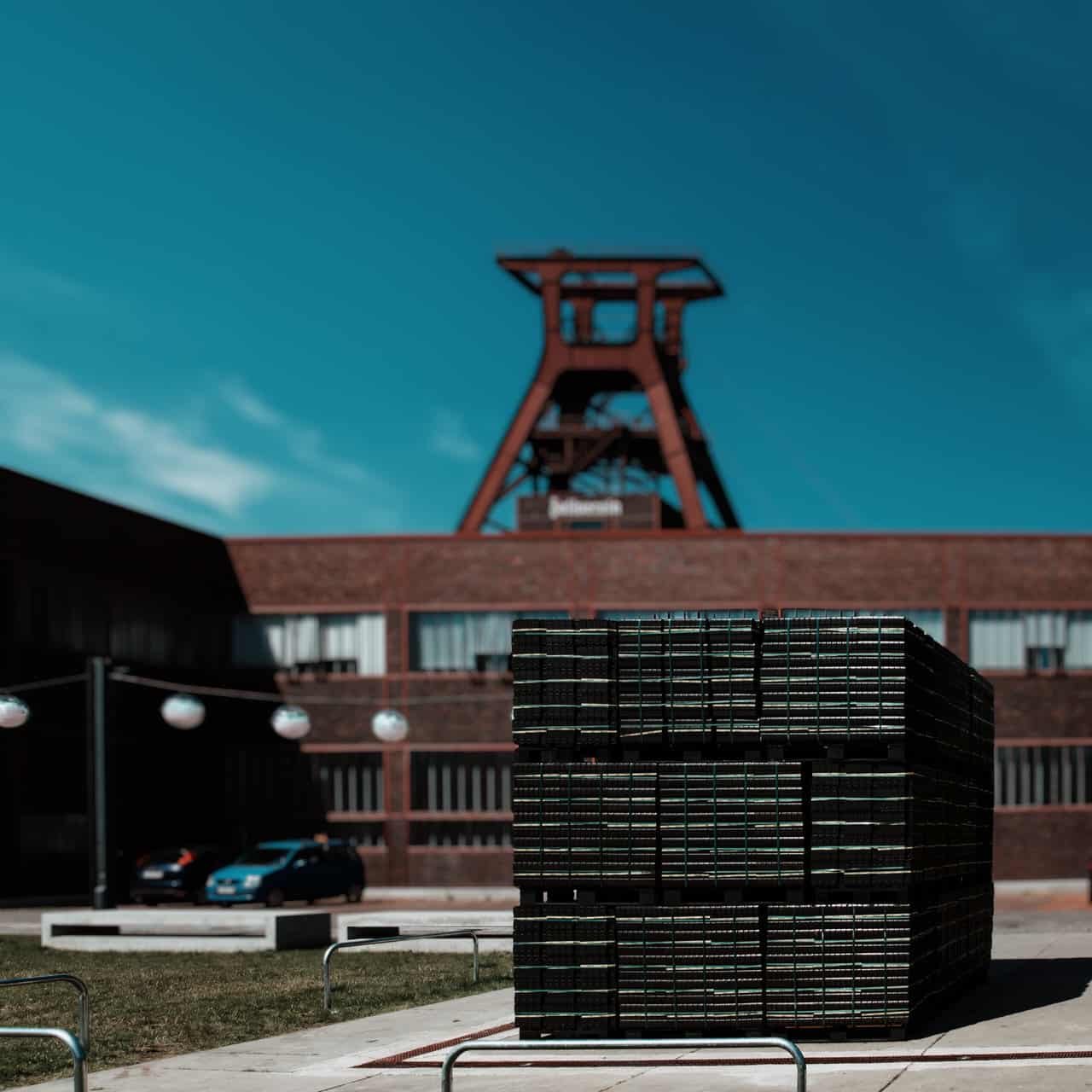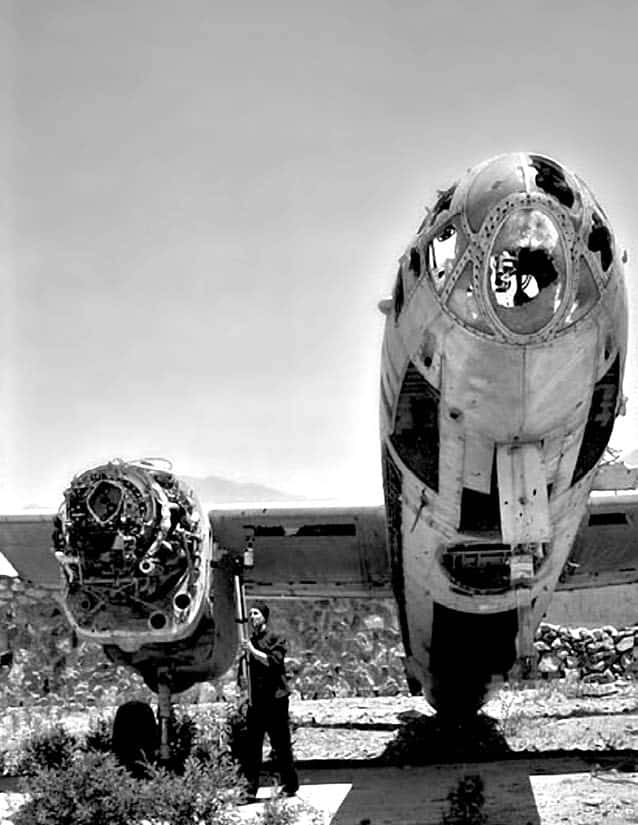°ABOUT
Michael Saup is a German artist, instrumentalist, filmmaker and coder. He studied music, computer science and visual communication. He has acted as professor at HfG/ZKM University of Arts and Design in Germany and as the founding director of the Oasis Archive of the European Union. Furthermore, he is the co-founder of the Open Home Project, a humanitarian initiative to help people being affected by the Fukushima nuclear crisis in Japan. Michael Saup’s work focuses on the underlying forces of nature and society; an ongoing research into what he calls “INFOSSIL – The Archaeology of Future”.
“Sometimes, it felt like the inner workings of the universe made visible. It revolved slowly, then grew in complexity until it seemed, in substance if not style, like a collaboration between da Vinci, Picasso and Stephen Hawking.”
Evening Post, New Zealand, 1998
SAPERE AUDE, UTERE PROPRIO
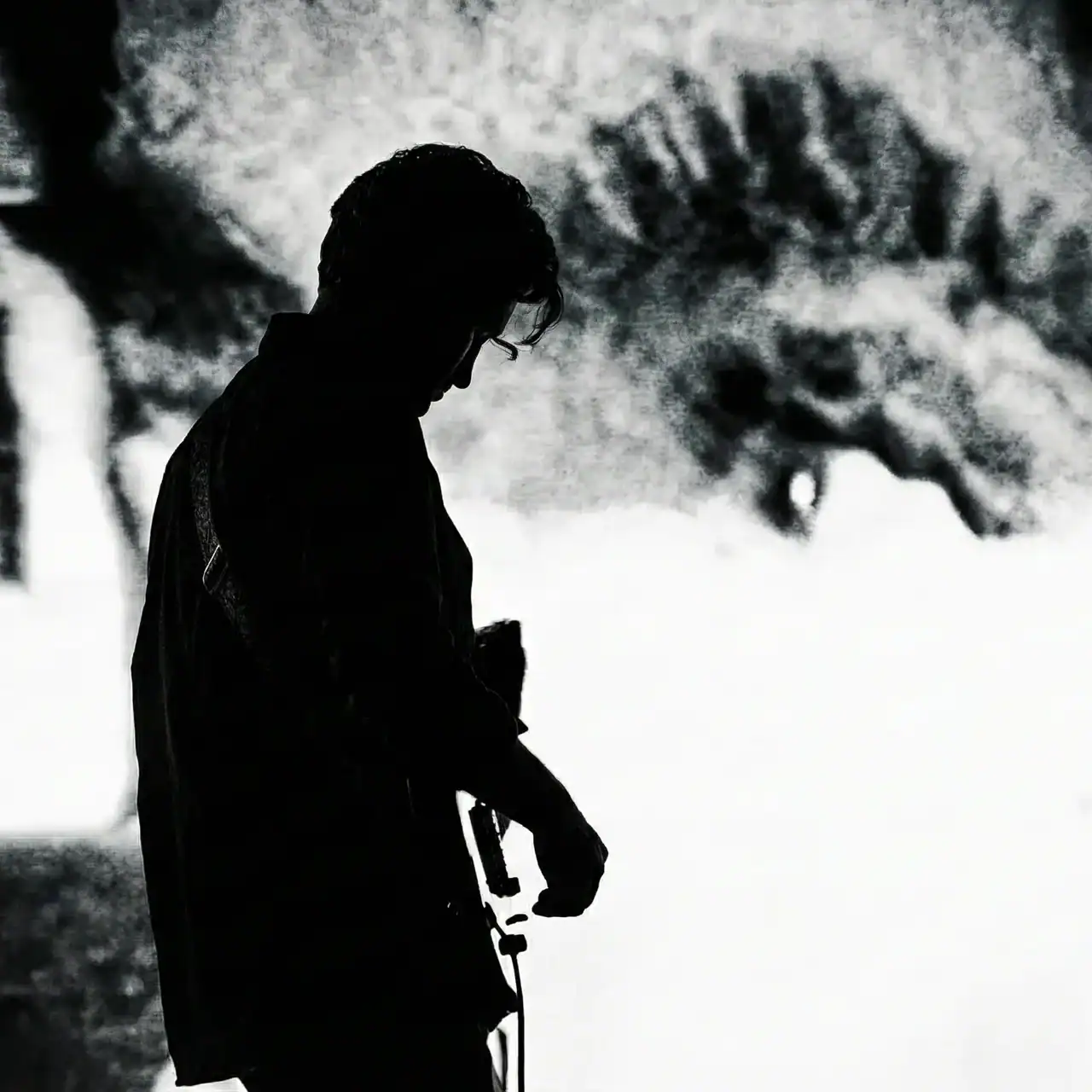
“R111 could be considered the pinnacle of
Yukiko Shikata, President of International Association of Art Critics Japan, 2024
media art at the turn of the millennium.”
Among his works are sound driven computer animations, interactive installations and concerts, interactive site-specific light installations and immersive networks. In the early 2000s his Weapons of Mass Education workshops were given in India, Afghanistan, Morocco and Europe. He shows in major museums, festivals and theaters worldwide, and has produced collaborative works with other contemporary artists. He currently lives and works in Berlin.
“…a merciless revealer using the means of Art.”
Berliner Zeitung, Germany
In 1980, while enrolled at the Dominican University, San Rafael, California, Michael Saup studied music and computer science and started to combine both fields with an algorithmic approach. In 1987, he created “Flicker”, his first computer-generated light installation, which immersed a gallery space with permutations of pulsing light. From 1989 onwards, Saup began to experiment with real time transformations of sound and image, helping pioneer the development of software as an artform.
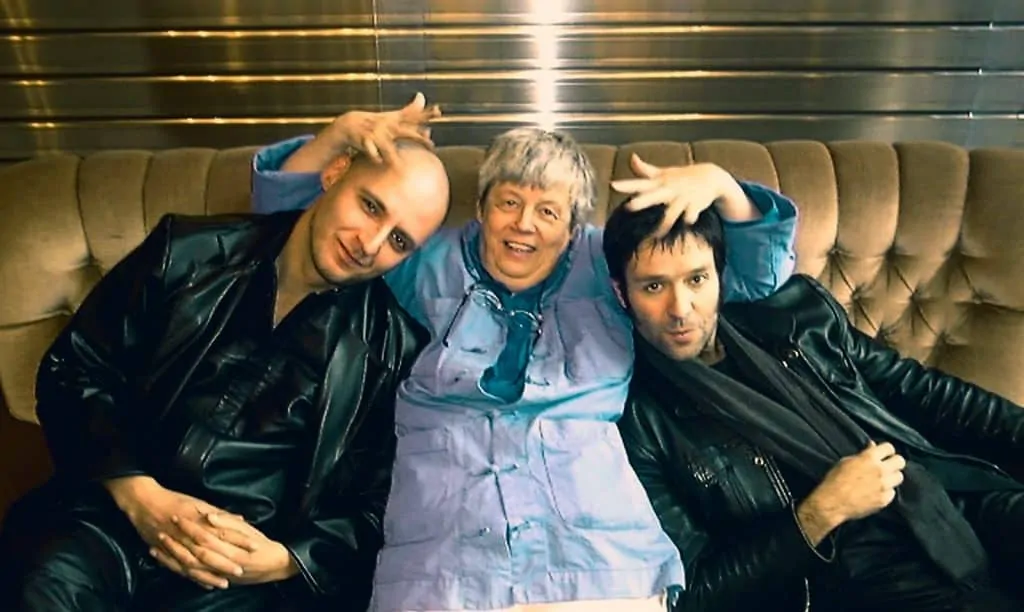
Michael Saup’s early work introduced direct control of digital film through music and sound-driven interactive computer animations. With these innovative strategies he created installations like “Pulse8” (1992), concerts like “Hyena Days” (1992) and choreography generators like “Binary Ballistic Ballet” (1995).
“Movement, sound, and the complex three-dimensional image synchronized in real time. The computer aesthetics of the bodies drifting into central perspective demonstrated their potential so convincingly that the work resembled a meditative homage to digitality.”
on Hyena Days, Christoph Blase, Frankfurter Allgemeinen Zeitung, Sept 27, 1996
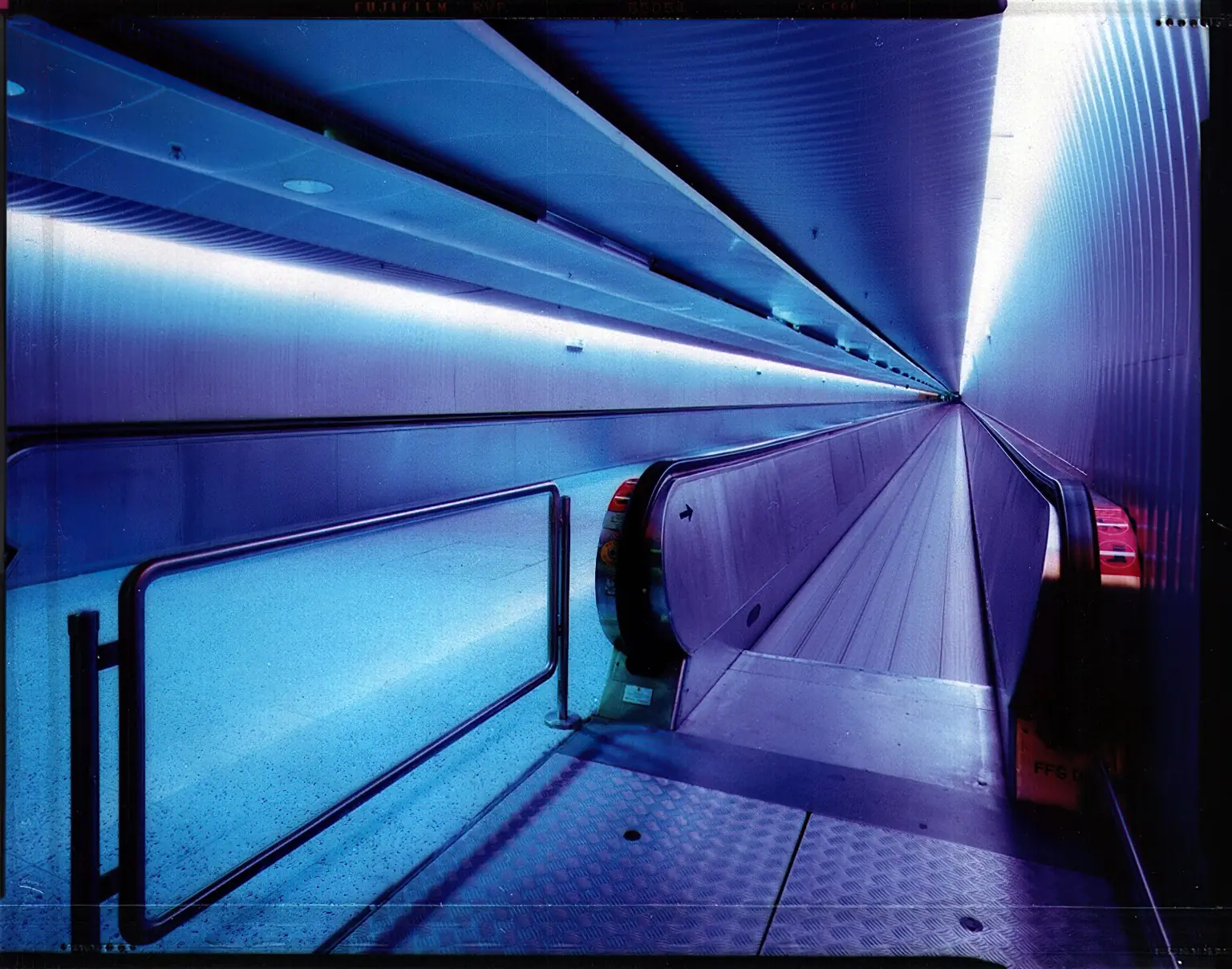
In 1992 he founded the group ”supreme particles”, helping launch the field of audiovisual processing and interactive environments. This group specialised in the creation of experimental software in connection with art, architecture and music. A work of this group was “Light as Skin” (1997), a connecting passenger transit tunnel bathed in light at Frankfurt International Airport being one of the first large scale and long term interactive works of media art in public space.
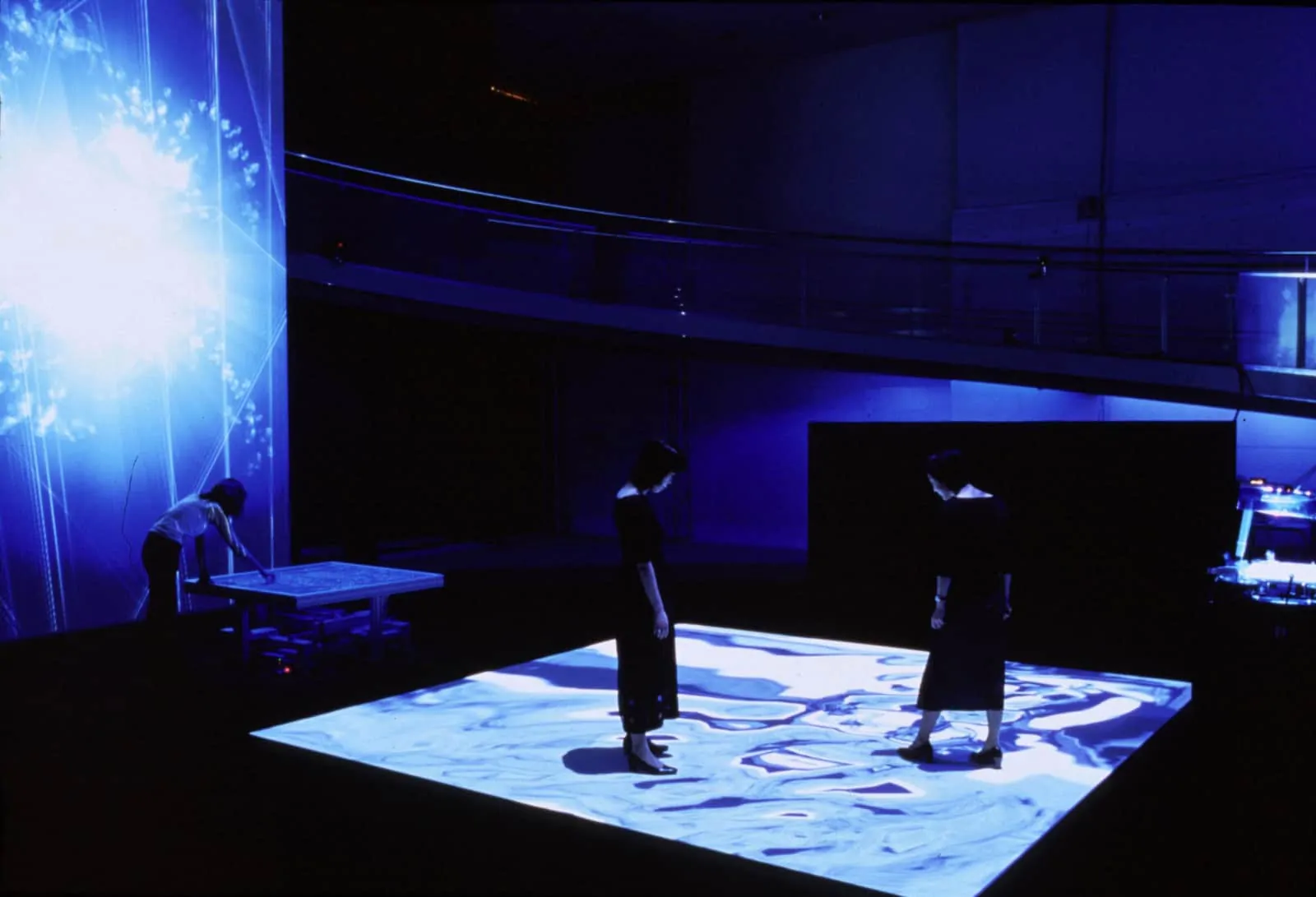
Their installation “R111” (1999-2001) exhibited the concept of virtual matter and its ramifications in the real world. While new media actual tendencies were virtualizing reality, R111 took the inverse approach of materializing virtuality: choreographing particles of matter as though they were pixels.
The turn of the century saw Michael Saup begin to focus on political and social issues, such as access to communications media, consumption and transformation of fossil and “infossil” resources, nuclear history and financial theory. As part of his ‘Weapons of Mass Education’ project, he initiated workshops with young filmmakers in India, Sri Lanka, Singapore, Morocco and Afghanistan.
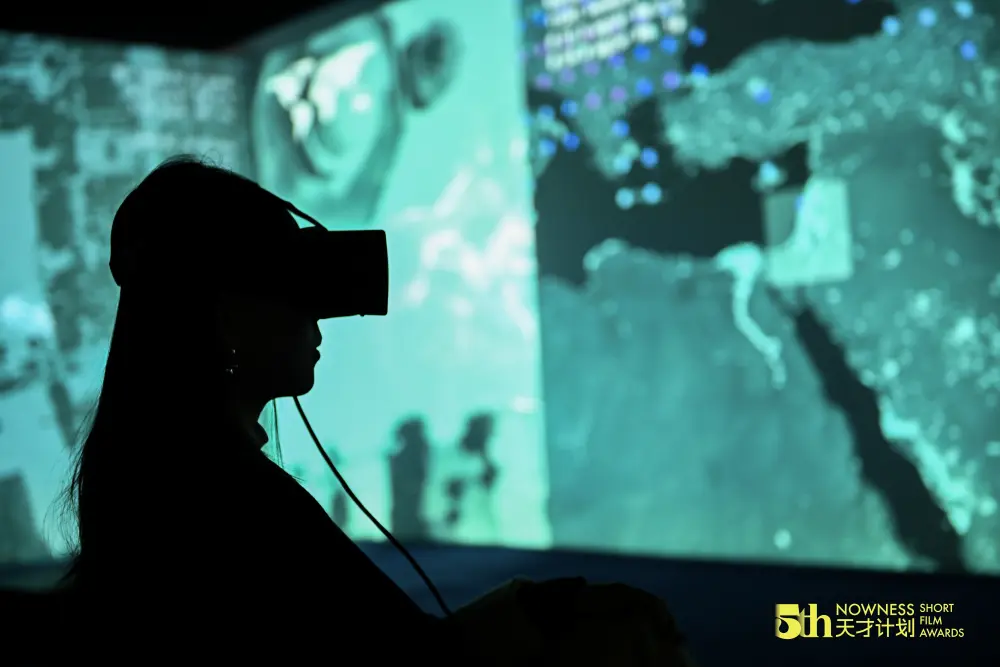
Research and Teaching
Michael Saup has held appointments at several universities, including the Academy of Fine Arts Munich and the Zürich University of the Arts. From 1991 to 1994 he was artistic and scientific assistant at the Institute for New Media in Frankfurt. In 1999 he was appointed as founding professor for Digital Art at ZKM / HfG Academy of Art and Design in Karlsruhe, where he remained in residence through 2005.
